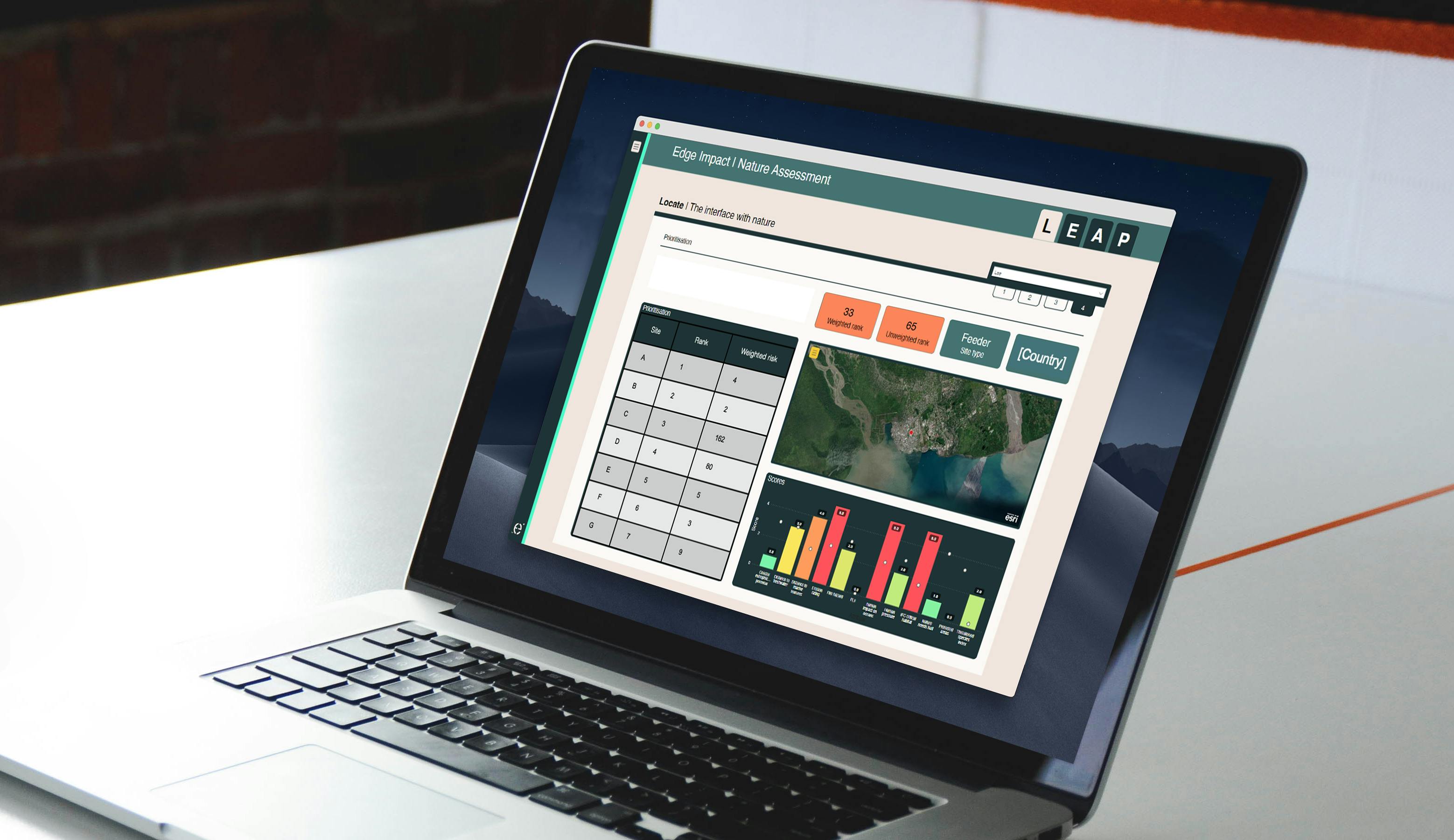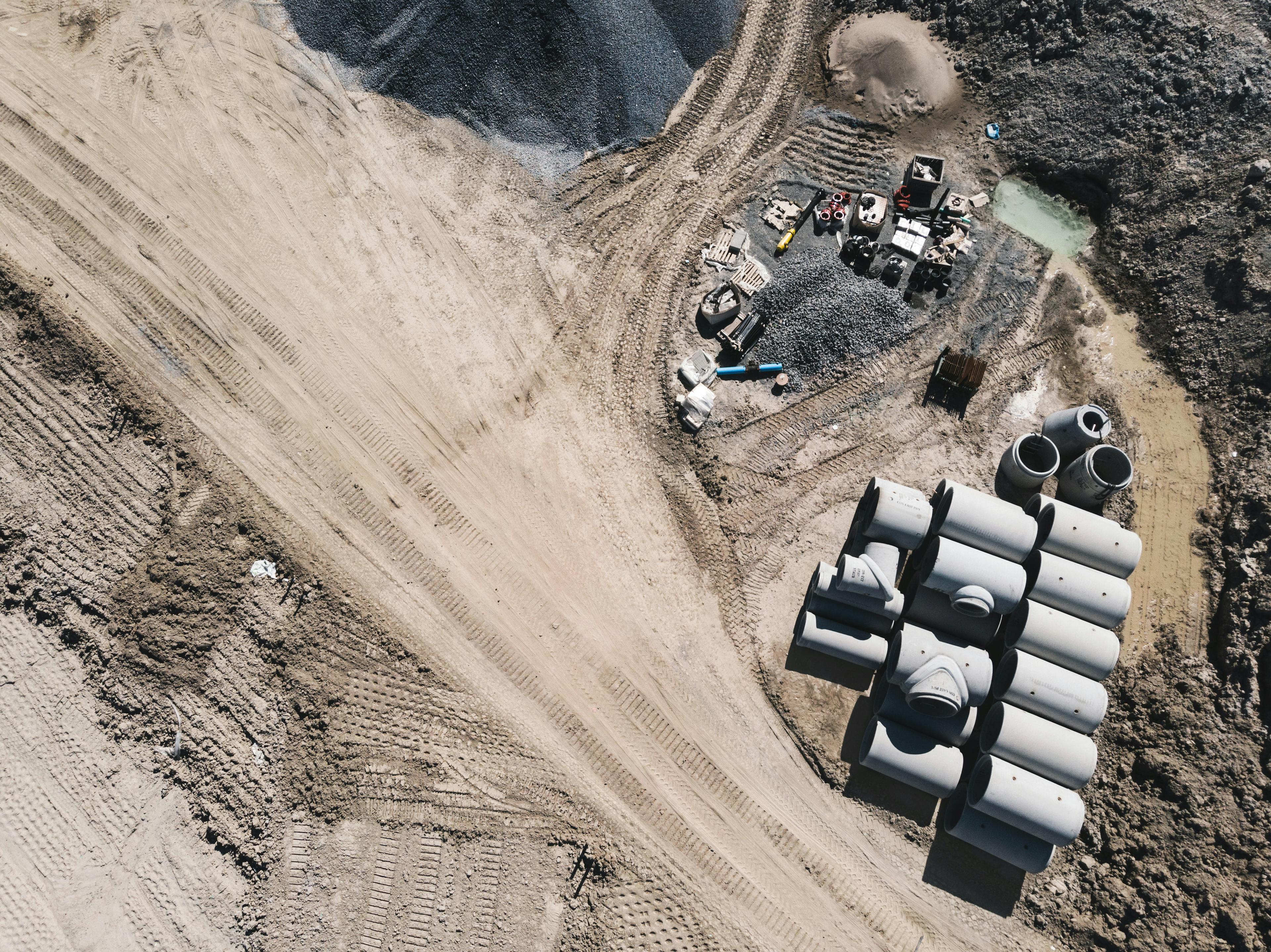Just as we’re getting comfortable measuring and reporting on carbon and climate impacts, nature emerges as the next must-have consideration. Luckily, the last few years have equipped us with the skills and tools to effectively measure, mitigate and demonstrate an organisation's impact and dependence on nature, and how this translates to the risk register and balance sheet.
Shift from a climate crisis to a planetary crisis:
At Edge Impact, we’ve spent the last decade supporting clients develop detailed plans to mitigate their impact on and contribution to climate change. And while we continue to fully support and commend all organisations doing what they can to reduce their negative climate impact, it's becoming obvious that reducing emissions alone is not going to solve this crisis.
This has spurred a purposeful shift from the climate crisis to a planetary crisis recognising that we must do all that we can to support nature to perform its natural services. And, just as the global financial markets escalated awareness and action on climate and carbon through the Taskforce on Climate-related Financial Disclosures (TCFD) and setting of measurable carbon Science Based Targets (SBTi), the major investor frameworks are behind this movement, establishing the Taskforce on Nature-related Financial Disclosures (TNFD) and evolving the SBT framework to incorporate Nature Targets. While these two initiatives are directed at transnational reporting entities, just like in the case of carbon and climate disclosures, the flow on effects will trickle down the entire supply chain, requiring all participants to account for their nature interface.
So what do we need to do?
The call to action is the need to conserve, protect and restore terrestrial, freshwater, coastal and ocean ecosystems to reduce the vulnerability of biodiversity (and where necessary adaptation to unavoidable impacts). The protection of biodiversity is paramount to ensuring healthy ecosystem functioning, a core function being the sequestration and cycling of carbon, capable of accounting for a third of the necessary response to climate change.
This may sound daunting, but actually the approach to understanding our impact on Nature and our exposure to its transformation has broadly already been developed through the blueprint of climate risk reporting.
Edge has developed the Nature Interface Assessment Tool, which provides clients with a prioritised list of assets based on proximity to sites or ecosystems of significance, taking into account the flows associated with site type and the vulnerability of the nearby natural feature.

Where do we start?
Similar to the approach taken to measure exposure to Climate Risk, the first step in addressing your organisation’s impact on nature is to map how, and to what extent, your operations interface with it. It sounds basic, but it’s important to get a detailed picture of the ‘highest risk’ interfaces with nature before you can progress a plan of action to mitigate it.
To achieve this, Edge has compiled a team of big-picture thinkers drawing on knowledge of all the tools, techniques and tactics to both minimise any negative impacts on nature and work to maximise opportunities for creating positive impacts. Edge has developed the Nature Interface Assessment Tool, which provides clients with a prioritised list of assets based on proximity to sites or ecosystems of significance, taking into account the flows associated with site type and the vulnerability of the nearby natural feature. For example, an asset producing run-off will trigger a higher response for eutrophication in the event it is in close proximity to a freshwater catchment of ecological significance than if it was in an industrial-zone, while eliciting a strong risk alert for operating in a water scarce catchment. This assessment is conducted using multiple GIS layers adapted from the TNFD guidance and a range of complementary sources.
Taking these steps will set up any organisation for success as we face into the Decade of Restoration, regardless of aspirations to report against the Taskforce on Nature-related Financial Disclosures or set a Science Based Target for Nature. Whether your objective is to set a policy, strategy or a Nature Positive goal, Edge’s ‘Non-Regrettables for Nature’ approach will put you in the best position.
Please get in touch to request a demo of our Nature Interface Assessment Tool.







